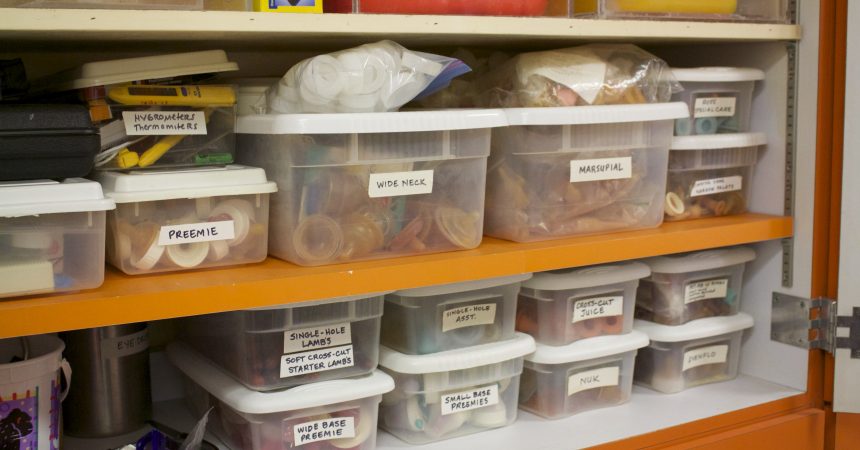Zoo InternQuest is a seven-week career exploration program for San Diego County high school juniors and seniors. Students have the unique opportunity to meet professionals working for the San Diego Zoo, Safari Park, and Institute for Conservation Research, learn about their jobs, and then blog about their experience online. Follow their adventure here on the Zoo’s website!
During our first week, the interns and I met with Becky Kier, a staff member of the Neonatal Assisted Care Unit (NACU). More specifically, the NACU focuses on caring for young marsupials, hoof stock, primates, and carnivores. Ms. Kier has been working with baby animals for over 20 years.

After learning all about the NACU’s day to day tasks and responsibilities, Ms. Kier brought us behind the scenes of the NACU. It was there that we learned all about the importance of nutrition, feeding, and formulas when caring for baby animals. Each species of baby animal requires a specific bottle nipple; a baby meerkat can’t drink out of the same bottle as a baby gorilla. The photo above displays the variety of bottle nipples, ranging from lambs to marsupials.

Displayed on the cabinets were photographs featuring some of the NACU’s recent “graduates.” In the center is a young parma wallaby who, at first, did not look like she would survive. Although with the hard work, skill and dedication of the NACU staff, this tiny animal was given another chance at life, and has even gone on to raise baby joeys of her own.
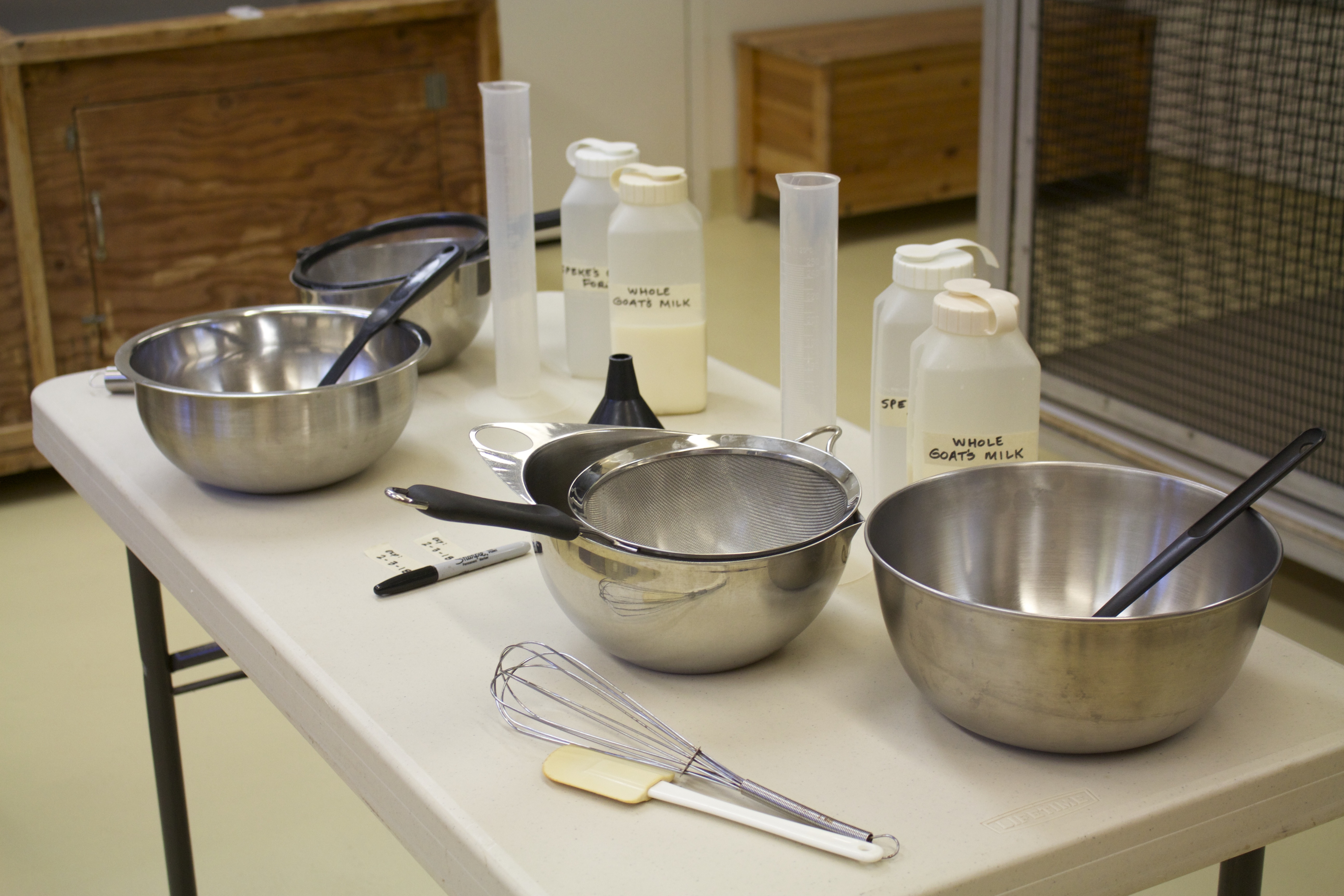
Upon entering the NACU, we were met by a display of mixing bowls, whisks, graduated cylinders, and goat’s milk. Our task was to prepare formula for a Speke’s gazelle using whole goat’s milk and powdered puppy milk (Esbilac). Despite the simple ingredients, many factors need to be calculated into the recipe: the percentage of body weight per day, gastric capacity or how much the stomach can hold, feeding frequency, and the amount of formula per day that would sustain a healthy growth rate.

After a few calculations, we determined the total volume, the amount of goat’s milk, and the amount of powdered Esbilac for the recipe. With precision and focus, exactly 23 grams of the powdered milk was weighed on the scale. The next step was to measure out 172 mL of the goat’s milk.

Calculating the correct ratio between goat’s milk and powdered milk (15:2) is essential for neonatal care and the healthy development of baby mammals. These mixtures need to match the amount of proteins, carbohydrates, and fats found in the mother’s milk. Thoroughly whisking and straining the milk mixture, the Speke’s gazelle formula was finally complete.
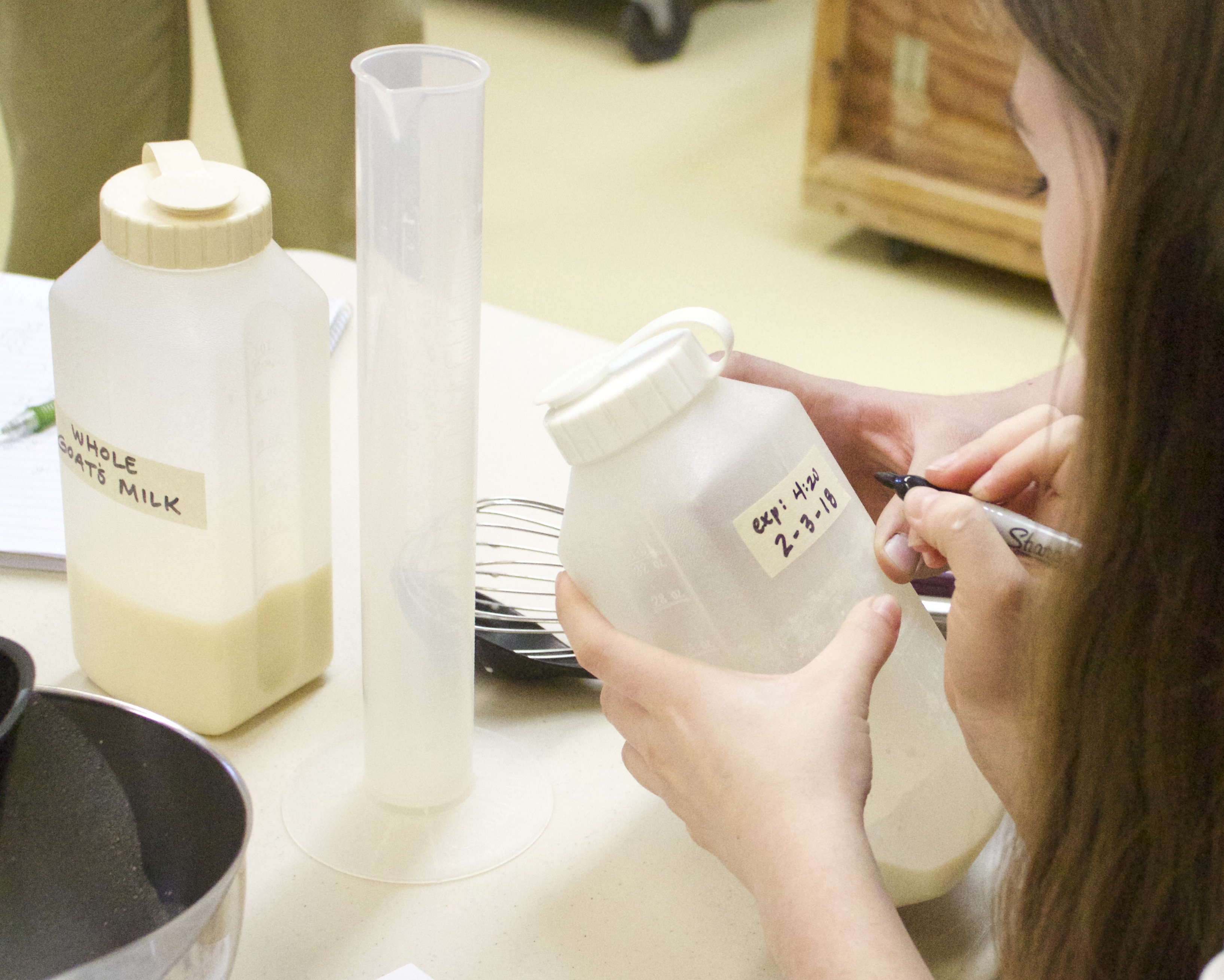
The final product was funneled into a container and labeled with the expiration date for later use. Staff members in the NACU prepare these mixtures everyday to keep up with the continuous and quick growth of baby animals. Thanks to the dedication of professionals, like Ms. Kier, countless newborns have a chance to survive and thrive in the future.

Ms. Kier brought us to visit a strange, yet familiar looking animal named Isa. With the appearance of a cat, monkey, and weasel, Isa is a fossa animal ambassador at the Zoo. As soon as Ms. Kier came into his sight, Isa came running to greet her familiar face. The fossa, along with the modern mongoose, are both descendants of the same ancestor. On the island of Madagascar, fossas are at the top of the food chain. Though without any natural dangers, the fossa population is threatened by the destruction of Madagascar’s forest habitat.
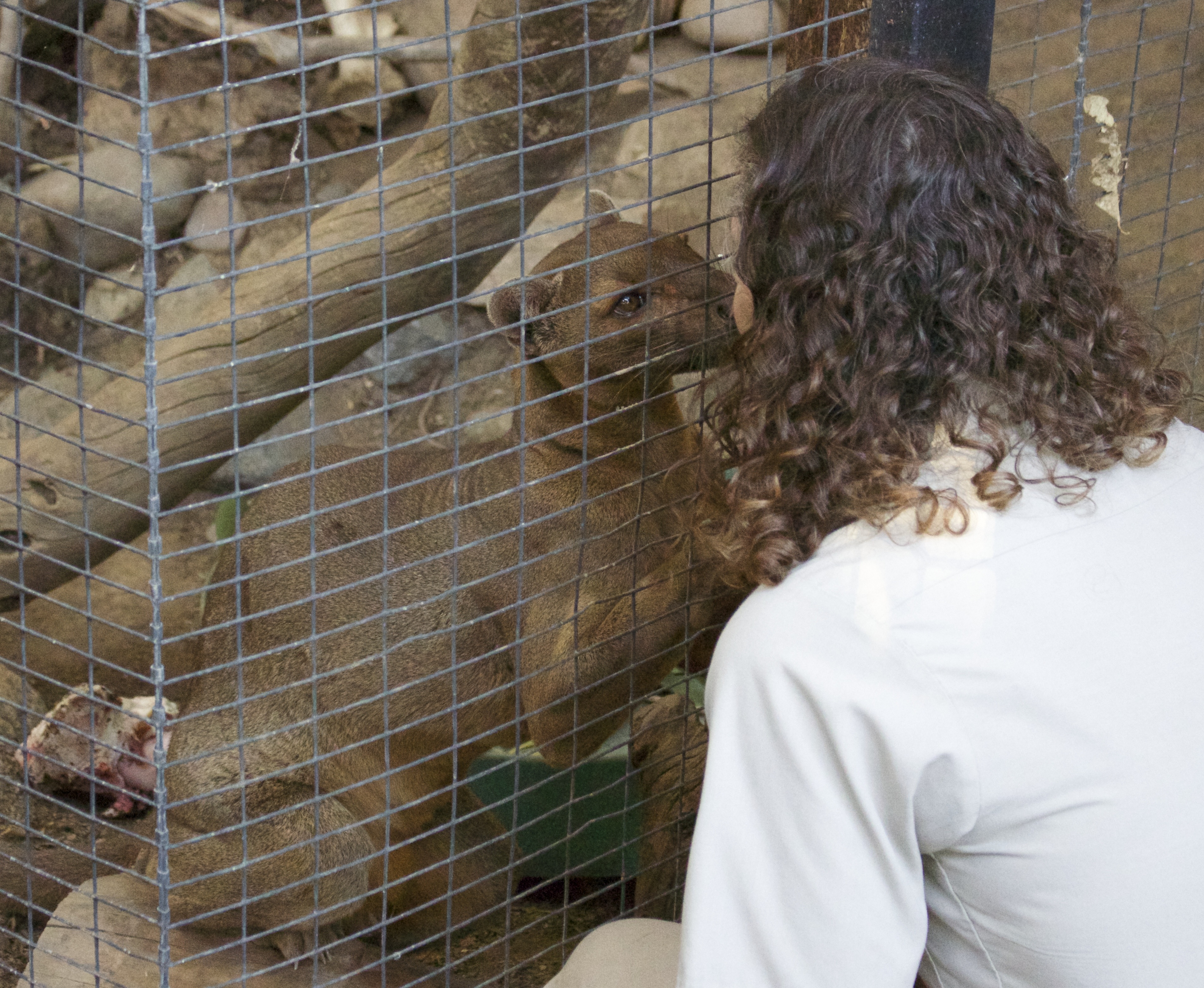
The bond between Ms. Kier and Isa is undeniable and truly heartwarming. As a threatened species with about 2,500 left in the wild, the fossa needs our protection against the dangers of deforestation. Isa’s loving personality is a reminder of the importance of wildlife conservation for all species. Some current conservation efforts include ecotourism, which encourages locals to preserve Madagascar’s forests, and protection against export and trade. Anybody can help combat deforestation — funding conservation projects, recycling products, and eating a plant-based diet are all effective ways to help conserve the environment.

The next animal we met was Rio, a double yellow-headed Amazon parrot. While walking towards his enclosure, we heard loud squawks of “hello” and “hi” coming from this outgoing bird. Rio greeted Ms. Kier with excitement and friendly vocals.
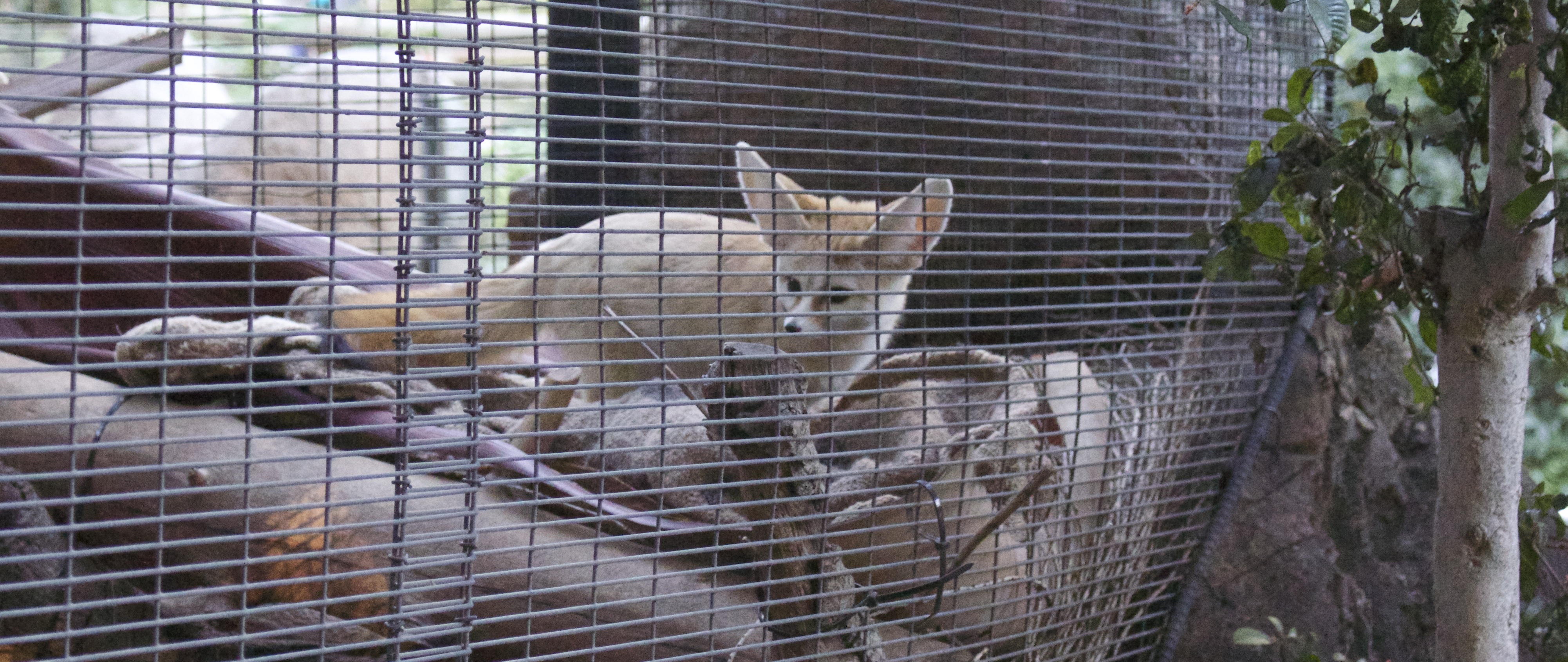
While walking around the Zoo, we spotted two pairs of large ears leaping from branch to branch. With doe eyes and a bushy tail, the fennec fox immediately captured our hearts. Although they are not endangered, these foxes are captured for the illegal pet trade. Ms. Kier helped Oringo, one of the two fennec foxes as the Zoo, with his animal ambassador training by getting him used to wearing a comfortable collar.
Meghan, Photo Journalist
Week Two, Winter Session 2018

